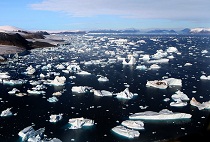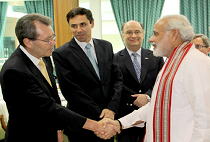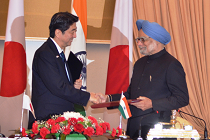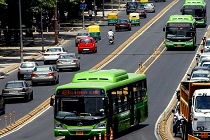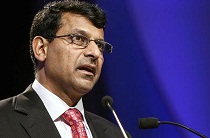Fighting terrorism: real challenges
An opportunity to deliver lectures at the Maharashtra Police Academy gave an insight into the practical challenges faced by the police in fighting terrorism. It was also an important reminder of the significance of having a well-trained police machinery as the foundation of national security


